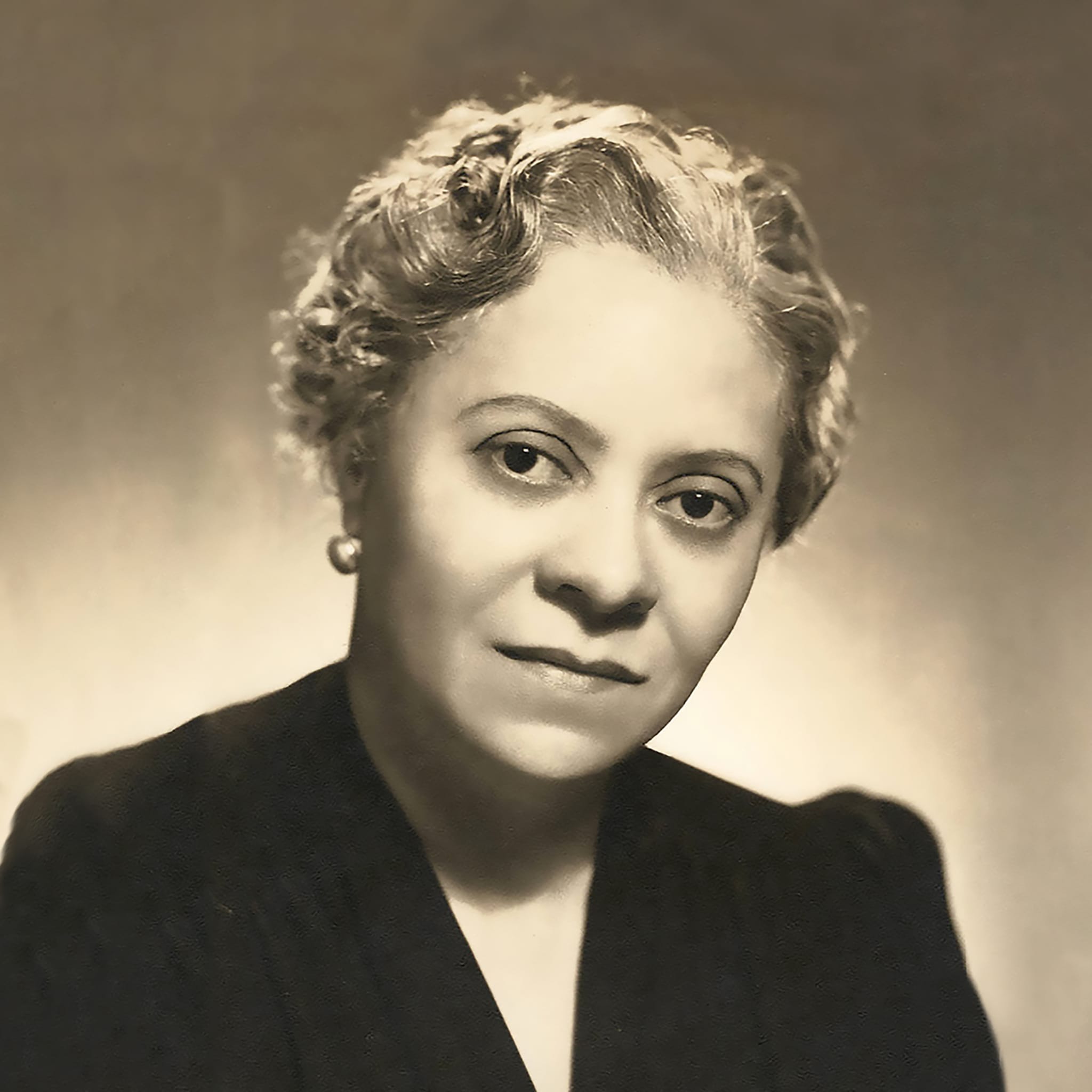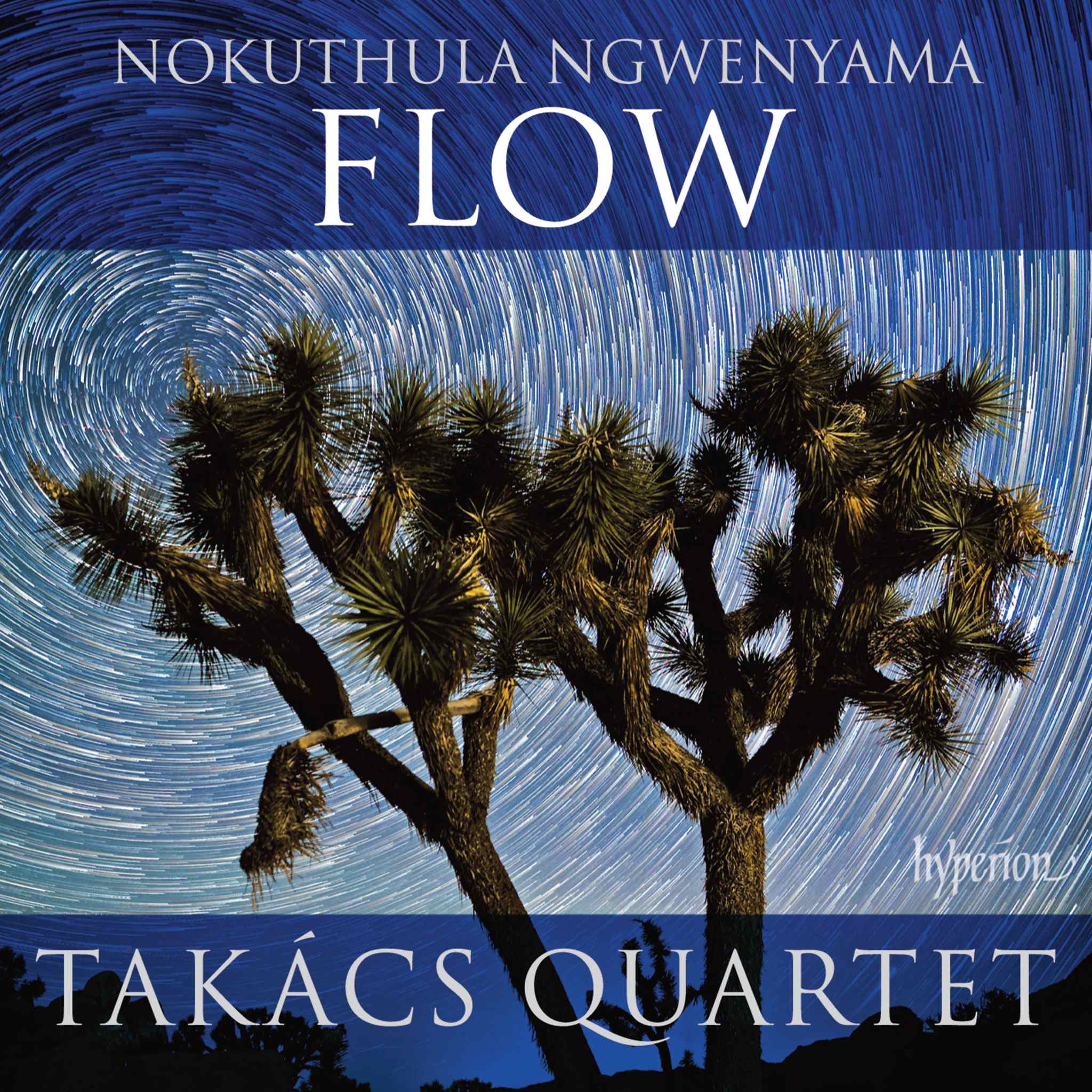Album insights
Nicht das Hinzufügen, sondern das Weglassen führt zur Perfektion – so drückte es Antoine de Saint-Exupéry 1939 in 'Terre des Hommes' aus.
Mit ihren eindrucksvollen ersten Takten entfaltet Bachs h-Moll-Messe eine Atmosphäre gespannter Erwartung, die den Auftakt zu einer außergewöhnlichen musikalischen Reise bildet. Dieses Werk, das den gesamten lateinischen Messetext vertont, ist einzigartig in Umfang und Erhabenheit. Obwohl Bach die Messe erst in seinen letzten Lebensjahren vollendete, reichen ihre Wurzeln bis zu seiner Zeit am Weimarer Hof zurück.
Bach demonstrierte sein musikalisches Genie, indem er frühere Kompositionen in die h-Moll-Messe integrierte und daraus ein geschlossenes Meisterwerk schuf. Seine intensive Beschäftigung mit lateinischen Texten und die Anpassung an liturgische Vorgaben zeugen von einer bemerkenswerten künstlerischen Entwicklung. Ursprünglich sollte die Messe sowohl für lutherische als auch für katholische Gottesdienste geeignet sein und vereinte das griechische Kyrie mit dem lateinischen Gloria.
Im Verlauf der Jahre setzte Bach verschiedene Teile der Messe aus bereits existierenden und neuen Abschnitten zusammen. Sein Streben nach Vollendung ließ eine vielschichtige, komplexe Komposition entstehen, deren sorgfältig abgestimmte musikalische Details seine unermüdliche Hingabe an das Handwerk widerspiegeln.
Mit Akribie arbeitete Bach an Struktur, Stil und Organisation der h-Moll-Messe. Die Einbindung verschiedener musikalischer Stile und die Orientierung an Vorbildern wie Palestrina spiegeln sowohl seine Innovationskraft als auch seinen Respekt vor der Musikgeschichte wider. Durch die Verbindung traditioneller und moderner Kompositionsweisen schuf Bach ein künstlerisch geschlossenes Ganzes.
Die ständige Weiterentwicklung und Überarbeitung ließen die h-Moll-Messe zu einem Höhepunkt der Kompositionskunst werden. Obwohl Bach sie zu Lebzeiten nie vollständig aufführte, ist sie ein zeitloses Zeugnis seines musikalischen Genies.
Die Messe stellt große Anforderungen an die Aufführenden und offenbart in Struktur und Ausdruckstiefe Bachs Fähigkeit, Musik als Spiegel existenzieller Gefühle zu gestalten. Noch heute beeindruckt dieses Werk durch seine bleibende Schönheit und Bedeutung.
In der h-Moll-Messe spiegeln sich Bachs tiefe Spiritualität und seine künstlerische Brillanz wider. Das Werk lädt dazu ein, musikalische Grenzen neu zu entdecken und in Bachs faszinierendes musikalisches Universum einzutauchen, das bis heute Generationen inspiriert.














